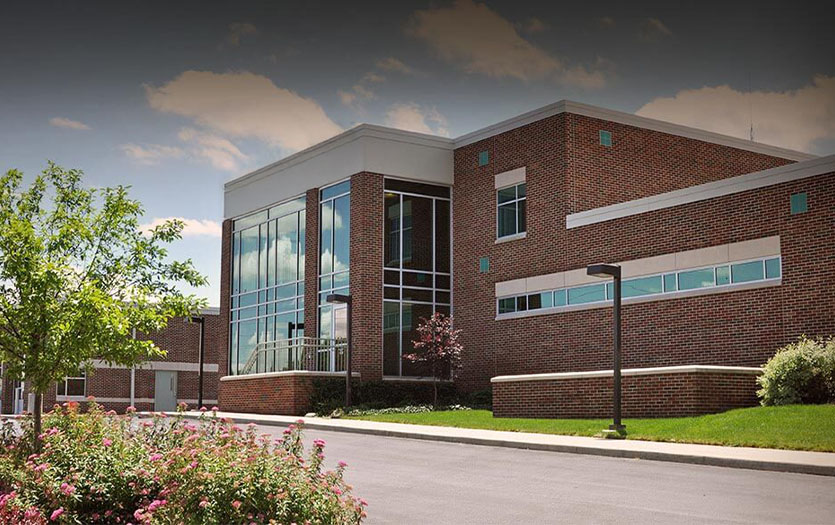
This post was written by Shelly Edwards, Ms. Ed., LMFT, Parkview Employee Assistance Program.
We are in the heat of summer, with the warmth, fun and excitement of being outdoors filling our evenings and weekends. Despite being in the middle of the season, many of us are also feeling the end of summer lurking. Students will be returning to school and adults are beginning the integration back to “normal” work routines and schedules. Some of us have already started the transition back, some are working a hybrid model, while others continued to work their normal schedule throughout the worst of the pandemic (special shoutout to all health care workers!).
Though the pandemic has challenged all of us on many levels and ushered in an experience that was brand new, it also created the experience of changing our work habits and the delivery of services and taught us to be creative in uncertain times. Video conferencing has been something we do many times per week, utilizing the gift of technology as we continue walking through this unknown landscape.
Students (k-12/undergraduate/graduate and beyond) have become very acquainted with distance learning, and attending classes, completing assignments, and interacting with educators and peers virtually. Many employees/employers across our county, have been forced to make working from home “work” for their companies, learning how to be productive despite this new reality.
We have all been changed from our experiences with COVID-19 (some more intensely than others), and we now look ahead to the process of re-integration. Masks will continue to be encouraged (or required), with focus on what the virus looks like now and how it continues to impact our personal lives, work and school settings. Many are trying to figure out what these changes mean while the ramifications of the pandemic continue to present themselves.
Some of the stressors that may continue are the fear of becoming ill or passing the virus on unknowingly, anxiety over interacting face-to-face with others and “re-learning” our roles/responsibilities as we integrate back. Now the “masks are coming off” and we may feel some anxiety over interacting with others on a different level. In order to make the transition as smooth as possible, it’s helpful to have a plan of self-care.
Getting back into the groove
Tips for returning to the workplace:
- Take a “dry run” by going back to the office prior to your official return to tidy up, look around and envision any changes you may want to make prior to your return to increase your comfort level.
- Give yourself a makeover. When you look good, you feel good. The right wardrobe can help you transition back into your role.
- Establish a good sleep schedule and good sleep hygiene. Get into a routine of going to bed and waking up at the same time each work day.
- Practice daily self-care skills and make time for yourself.
- Express your expectations regarding your own feeling of safety and comfort with others (i.e. mask wearing, social distancing) informing them of what you are and aren’t comfortable with and get aquatinted with your employer’s COVID-19 safety protocols.
- When possible, replace in-person meetings with video chats and avoid public gathering areas where there is limited space.
- Reach out for help (supervisor, counselor, health care practitioner) if you are experiencing extreme anxiety or are unable to complete your daily tasks at work.
- Be kind, gentle and patient with yourself as you make this transition as smooth and worry-free as possible.
- Don’t rush the process, take it one day at a time.
- Be open to the changes and remind yourself of your resiliency.
Tips for returning to school (K-12):
- Have a family meeting to open space for your kids to talk about their worries, fears and excitement over returning to school. What are they looking forward to most? What are they nervous about?
- Check in with them as they enter into their first weeks of school. Create opportunities for them to process their experience with you.
- Talk about how to keep safe by wearing their mask properly, washing their hands and maintaining safe proximity.
- Communicate with their teachers on a regular basis to check in.
- Establish and promote a healthy sleep cycle, diet and exercise.
- Assist and be patient as they are learning platform changes along with the expectations (paying attention, interacting face-to-face, homework, sports, etc.) This can be overwhelming for your child, so practice patience and support.
- Be present and consistent, make yourself available.
Being prepared and patient with ourselves and others during this phase following the pandemic will be imperative. As we continue to slowly understand the changes this experience has had on us individually, in the marketplace, in school settings, healthcare etc., we can work to be as open and flexible to the future and seeing what the “new normal” is going to look like. We’ve got this!
Source



